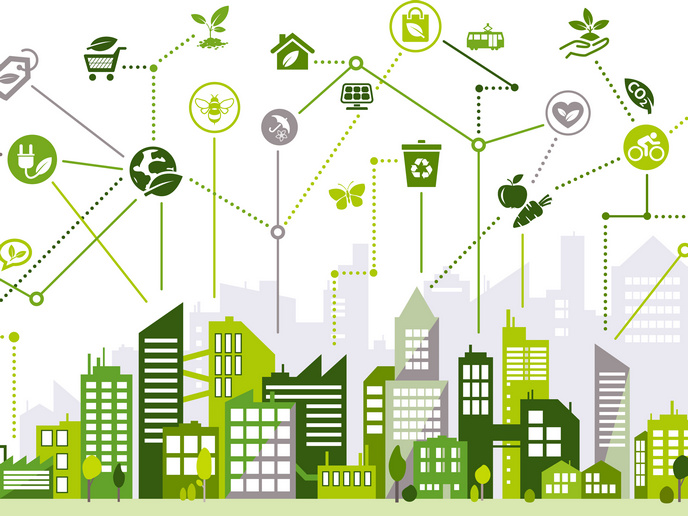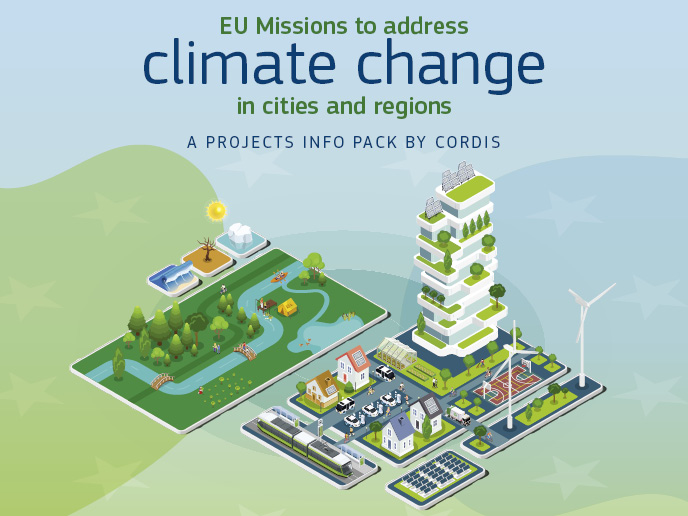Community-building boosts safe and sustainable design
The future of European industry lies in a circular economy built on chemicals and materials that have reduced impact on human health and the environment. The concept of safe and sustainable by design (SSbD) has been developed to help identify such materials as early in the innovation process as possible. “It is the combination of safety and sustainability that makes SSbD such a novel concept,” explains IRISS project coordinator Emma Strömberg from the IVL Swedish Environmental Research Institute in Sweden. “This ensures that when designing chemicals and materials you don’t just focus on one issue or the other, you address both at the same time.”
Applying SSbD to circular economies
The IRISS project was launched in June 2022 to promote this concept among a wide range of industry partners. The starting point for this was the European Commission’s SSbD framework, announced in December that year. “Before this framework, there really wasn’t a common understanding of SSbD,” adds Strömberg. The project brought together experts from academia, industry and policy, with the aim of raising awareness and finding a common language for discussing SSbD. “We wanted to be able to explain what we actually mean when we talk about an SSbD assessment,” says Strömberg. The second major aim of the project was to build an SSbD community around this concept. The goal of this is to provide a platform where experiences can be exchanged, and discussions of complex issues can take place. “One issue for example might be how to tackle contamination from recycling materials,” notes Strömberg. “By applying the concept of SSbD, industrial partners can ensure that any health issues are addressed early in the design stage, while promoting circularity.”
SSbD in industrial settings
To assess the applicability of the SSbD framework in industrial settings, the project focused on seven value chains for chemicals and products used in textiles, construction, electronics, energy, automotive, packaging and fragrance. “We wanted to look at real case studies to find solutions,” adds Strömberg. “Many of these case studies were very specific. In the automative sector for example, we looked at the polyurethane used in car seats.” The automotive industry is likely to play a significant role in the transition to a more safe and sustainable society. At the same time, it is a major contributor to greenhouse gas emissions and air pollution. Taking account of both safety and sustainability throughout the design and development phase is therefore likely to have strong societal benefits. “Each value chain identified a product, material or chemical that they wished to focus on,” explains Strömberg. “We were also interested in seeing if we could identify any knowledge or skills gaps that needed to be addressed.”
Growing the SSbD community
The IRISS SSbD community was launched in May 2024 and already has over 350 members. The platform provides a space where information can be shared, working groups formed and sector-specific problems addressed. “We will continue to build this community after the project ends,” remarks Strömberg. “We are also planning training sessions on how to apply SSbD in specific sectors and are planning an SSbD conference in November 2025.” Strömberg believes that the project has already helped to raise awareness of SSbD, and kick-started a number of interesting discussions about the critical role of chemicals and materials in society. “Community is the key factor here, and we are not just thinking about Europe,” she says. “We are spreading the word through international arenas, with the aim of making SSbD a global initiative.”
Keywords
IRISS, safe and sustainable by design, chemicals, circular economy, automotive, construction, community, stakeholders, framework







